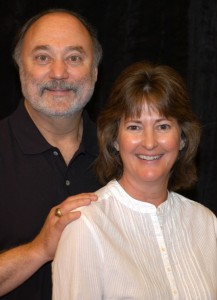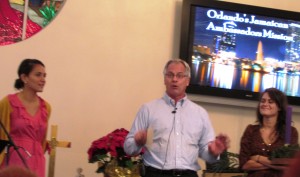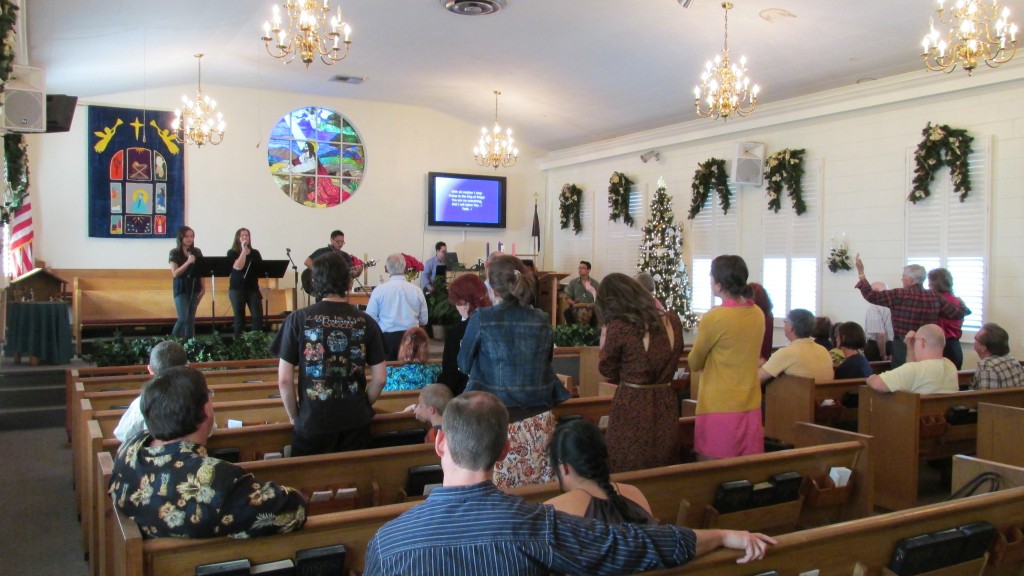Dear Brothers and Sisters in Christ,
 As we approach the celebration of the birth of Jesus, I thought you might find it interesting to look again at the two different genealogies of Jesus as recorded in the Bible. Genealogies fulfilled several purposes in the ancient world. Rulers used such lists to justify their power and authority. They were also used when planning marriages to determine the compatibility of the intended couple. A family tree established the social pedigree of the family.
As we approach the celebration of the birth of Jesus, I thought you might find it interesting to look again at the two different genealogies of Jesus as recorded in the Bible. Genealogies fulfilled several purposes in the ancient world. Rulers used such lists to justify their power and authority. They were also used when planning marriages to determine the compatibility of the intended couple. A family tree established the social pedigree of the family.
Two of the Gospel writers, Matthew and Luke, give genealogical lists for Jesus. When Matthew’s and Luke’s lists are compared we see several differences. Matthew’s genealogical list for Jesus is an ascending list that goes from Abraham to Jesus. Luke has a descending list that goes from Jesus back to Adam. The lists are almost identical from Abraham to David, yet they greatly diverge from David to Jesus. Luke’s list is complete in that it is from Jesus to Adam. In comparison, Matthew’s list is incomplete. Why is this?
Those who would like to discredit the Bible are quick to see this as further evidence that it is unreliable and filled with mythology. But this is a rush to judgment – false judgment in my opinion. There are other answers that are more accurate, although they too have an element of speculation about them.
For example, Martin Luther explained Matthew’s list to be giving us Joseph’s line, while Luke’s list is giving us Mary’s line. Many years before, Tertullian offered a similar explanation, only he reversed it as Matthew giving us Mary’s line and Luke giving us Joseph’s line. I find a serious problem with these two explanations. Matthew 1:16 tells us that he is giving us Joseph’s line and Luke 3:23 also says he is giving us Joseph’s line.
Another explanation was offered by Julius Africanus. He suggested that Matthew is giving us Jesus’ natural descent while Luke is giving us his legal descent. Even though neither of the Gospels makes this assertion, it is a possibility.
Grant Osborne, a New Testament professor at Trinity Evangelical Divinity School, gives what I believe is a better and fuller explanation. He agrees with the ancients that a careful examination of the two genealogical lists reveals the authors’ differing purposes.
The list given by Matthew is presented in a style rulers used to justify their status and authority. The genealogy is arranged in three groups, with 14 names in each group. There is a Hebrew linguistic device known as gematria. Each letter of the Hebrew alphabet was assigned a numerical value: aleph was 1, beth was 2, gimel was 3, daleth was 4, he was 5, vav was 6, and so forth. The three consonants for David (daleth – vav – daleth) add up to 14. Matthew is highlighting the kingly ancestry of Jesus by working in groups of 14. Matthew omits a few names in order to achieve this structure.
The major difference between the two lists is the names between David and Jesus. Matthew traces the line through Solomon; Luke through his brother Nathan. Matthew may be giving the “official” line of royal inheritance (which could include adoptions); whereas Luke may be presenting a biological line. We do not have enough information to be sure.
Luke does not work with groupings and numbers like Matthew. Luke has a different purpose. In his Gospel, Luke places his genealogy between Jesus’ baptism and the temptation of the devil. At his baptism God declares Jesus is his Son. Then Luke goes on and gives us a simple list of the succession of his human ancestors, using their common names. It begins by indicating that Jesus is “the son of Joseph” and concludes by tracing his ancestry all the way back to Adam, who is finally “of God.” This Jesus, who is the Son of God, is also joined to the very root of all humanity. After linking Jesus to Adam, Luke then proceeds to the story of Jesus triumphing over Satan’s temptation. Jesus rises above temptation where Adam failed. The message is clear that all humanity, from its very root, finds its sins and the power of evil overcome in Jesus.
While there may remain questions about why certain names are in the lists or whether names of uncles and brothers are used instead of literal fathers, the message of the two genealogies is similar. Jesus is both son of man and Son of God. As son of man, of Adam and Joseph, he represented all humanity. As God’s Messiah in the line of kings and as Son of God (which was also used as a royal title) Jesus is uniquely from God and set over all humanity as its divine ruler and deliverer. Matthew and Luke together proclaim that on the basis of the human and divine ancestry of Jesus, we are saved from sin and its power in, by and through him.
Your brother in Christ’s service,
Joseph Tkach
P.S. For a special Christmas season treat, go to http://www.gci.org/_lib/snowglobe/snowglobe.html. There you can look up any address (including your own!) to see the location displayed in a snow globe.




